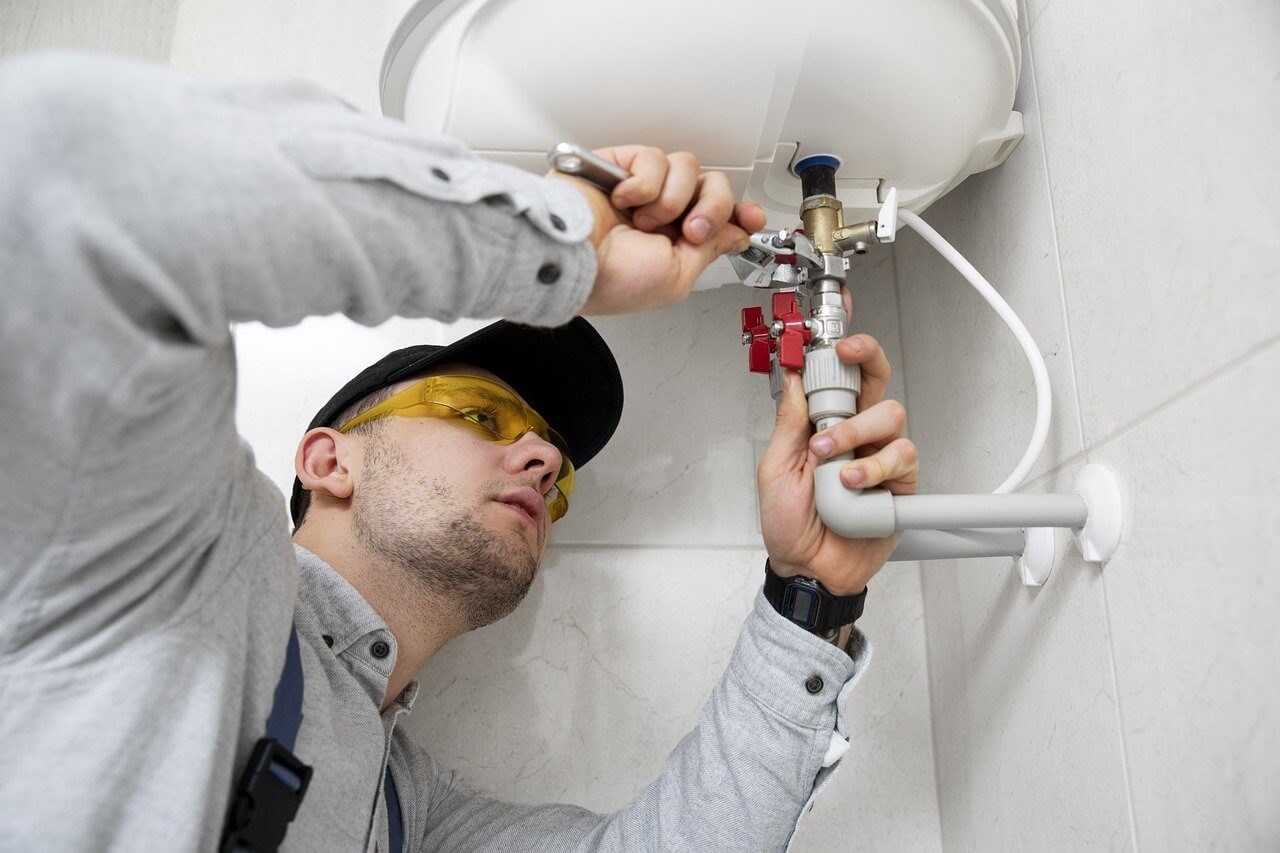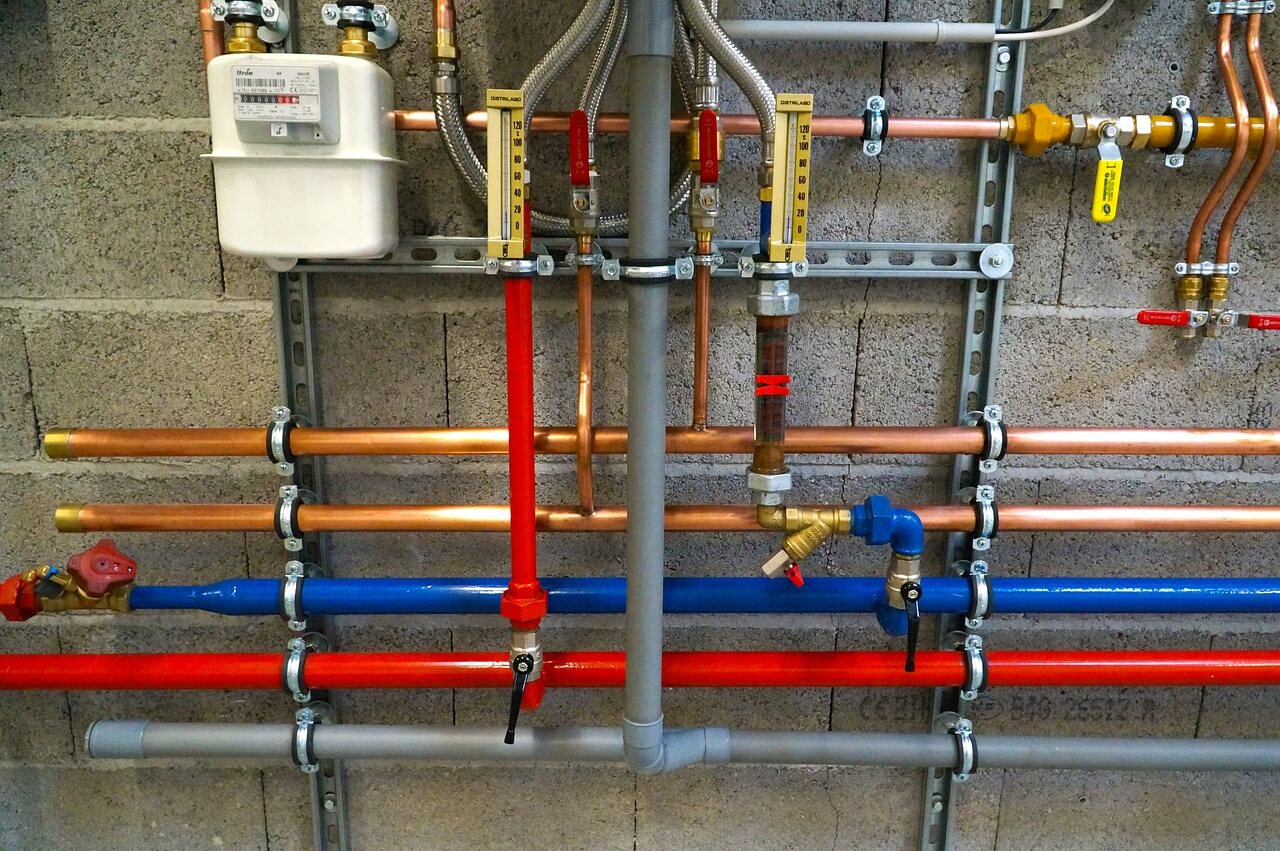Modern Plumbing Upgrades and Features to Increase Home Value
In today's competitive real estate market, homebuyers seek properties that offer functionality and style. One way to enhance the appeal and value of your home is through strategic plumbing upgrades. Modernizing your plumbing system can improve your home's efficiency and comfort while significantly increasing its market value. Explore the benefits of plumbing upgrades and provide a step-by-step guide on executing them effectively, including specific types of upgrades to consider that are crucial for maintaining your plumbing systems.

Benefits of Plumbing Upgrades
Plumbing upgrades can enhance your home's value and improve efficiency and comfort. Learn how specific features can transform your living space.
Increased Property Value
Upgrading your plumbing system is a smart investment that can yield a higher return when selling your home. Modern fixtures, energy-efficient appliances, and smart technology appeal to buyers looking for contemporary features and reduced maintenance concerns. According to real estate experts, homes with updated plumbing systems often command a premium price, making these upgrades worthwhile.
Enhanced Water Efficiency
Water-efficient fixtures are a key upgrade that helps reduce utility bills and supports environmental sustainability. Low-flow toilets, faucets, and showerheads use significantly less water than older models without sacrificing performance. This lowers your water expenses and minimizes your ecological footprint, making your home more appealing to eco-conscious buyers.
Improved Home Comfort
Modern plumbing upgrades can greatly enhance the comfort of your home. Upgrading to a tankless water heater, for instance, ensures you never run out of hot water and saves space. High-performance shower systems and touchless faucets add convenience and luxury to daily routines. These improvements make your home more enjoyable to live in and more attractive to prospective buyers.
Reduced Maintenance and Repair Costs
New plumbing systems are typically more durable and require less maintenance than older ones. Modern materials like PEX or high-quality copper pipes are less prone to leaks and corrosion, reducing the likelihood of expensive repairs. By addressing potential issues before they become major problems, you can save money and avoid the hassle of frequent repairs.
Health and Safety Benefits
Updating your plumbing system can improve the health and safety of your home. Modern piping materials prevent contamination, ensuring your water supply remains clean and safe. Additionally, installing backflow prevention systems protects against harmful contaminants entering your home's water supply, providing you and potential buyers peace of mind.
Energy Efficiency
Energy-efficient plumbing upgrades can lower utility bills and reduce your home's carbon footprint. Tankless water heaters and insulated pipes help conserve energy by reducing heat loss and improving efficiency. These upgrades contribute to environmental sustainability and make your home more cost-effective to operate.
Technological Integration
Smart plumbing systems are becoming increasingly popular as part of home automation. Features like smart faucets, leak detectors, and water monitoring systems offer convenience and enhance the efficiency of your plumbing. These technologies provide real-time data and alerts, helping you manage water usage and detect potential issues early.
Aesthetic and Functional Improvements
Modernizing your plumbing fixtures can transform the look and feel of your home. Sleek, contemporary designs in faucets, showerheads, and toilets enhance the visual appeal of bathrooms and kitchens. Additionally, functional upgrades such as multi-functional shower systems and touchless faucets improve usability and overall comfort.
Types of Plumbing Upgrades
Various types of plumbing upgrades can modernize your home. Find out which upgrades might be right for you and how they can make a difference. Here are some of the modern types of upgrades that you may consider:
Water-Efficient Fixtures
Low-flow toilets use significantly less water per flush compared to traditional models. They are designed to reduce water consumption and lower utility bills without compromising performance. Using technologies such as dual-flush mechanisms or improved bowl designs, low-flow toilets effectively manage waste while conserving water.
Low-flow faucets are engineered to reduce water flow rates while maintaining adequate pressure. This is achieved through aerators or flow restrictors that mix air with the water stream, providing the same feeling of fullness but with less water usage. This upgrade helps minimize water waste in kitchens and bathrooms.
Water-efficient showerheads are designed to deliver a satisfying shower experience with less water. They often use air injection or flow restrictors to maintain a strong spray while using less water. This helps reduce overall water consumption and can significantly save water bills.

Tankless Water Heaters
Unlike traditional water heaters that store hot water in a tank, tankless water heaters provide hot water on demand. They heat water directly as it flows through the unit, eliminating the need for a storage tank and ensuring you never run out of hot water.
Tankless water heaters are more energy-efficient than traditional tank models because they only heat water when needed. This eliminates the standby heat loss associated with maintaining a hot water tank, leading to lower energy consumption and reduced utility bills.
Smart Plumbing Systems
Smart faucets feature advanced controls such as touchless operation or app-based management. Touchless faucets use sensors to detect hand movement, allowing users to turn the water on and off without physical contact. App-controlled faucets provide the ability to control water temperature and flow remotely.
Leak detectors are sensors placed in areas prone to leaks, such as under sinks or near water heaters. They alert homeowners to leaks or potential issues through alarms or smartphone notifications. This early detection can prevent extensive water damage and costly repairs.
Water monitoring systems provide real-time tracking of water usage throughout the home. They can detect anomalies, such as unusual spikes in usage, that may indicate leaks or inefficiencies. These systems help manage water consumption and identify problems before they become significant issues.
Upgraded Piping Materials
PEX (cross-linked polyethylene) piping is a flexible and durable alternative to traditional plumbing materials. It is resistant to freezing, which makes it suitable for various climates. PEX is also easier to install due to its flexibility and resistance to scale and chlorine, which can extend its lifespan.
Copper pipes have been a standard in plumbing for decades due to their durability and resistance to corrosion and leaks. Copper is highly resistant to high temperatures and has antimicrobial properties that help keep water clean. However, copper is generally more expensive than PEX and can be susceptible to issues if the water quality improves.
Backflow Prevention Systems
Backflow preventer devices are essential for maintaining the safety of your water supply by preventing contaminated water from flowing back into the clean water system. They are commonly installed in systems with a risk of backflow, such as irrigation systems or areas with potential cross-connections.
Greywater Recycling Systems
Greywater systems collect and recycle water from sinks, showers, and washing machines for non-potable uses, such as irrigation or flushing toilets. By reusing graywater, homeowners can reduce their water consumption and lessen their environmental impact.
Heated Floors and Towel Rails
Radiant floor heating systems provide warmth by heating the floor surface radiating heat into the room. This type of heating is efficient and comfortable, especially in bathrooms or cold climates. Heat from electricity or hot water typically powers heated floors, improving a room's comfort.
Heated towel rails are designed to warm and dry towels, providing a touch of luxury in bathrooms. They can add convenience and comfort by running on electricity or connecting to the home's central heating system.
Water Filtration Systems
Whole-house filter systems filter water throughout the home, removing contaminants such as sediments, chlorine, and other impurities. Whole-house filters improve water quality from all taps and can extend the life of plumbing fixtures and appliances.
Under-sink filters are installed directly under the kitchen sink and provide filtered water from a dedicated faucet. They effectively remove specific contaminants like lead, chlorine, or bacteria, ensuring that drinking and cooking water is clean and safe.
Steps on How to Implement Plumbing Upgrades
Do you want to upgrade your plumbing system? Follow the step-by-step process to implement plumbing upgrades effectively in your home. Understand how to plan, budget, and execute these improvements for the best results.
1. Assess Your Current Plumbing System
Begin by evaluating your existing plumbing system. Look for leaks, low water pressure, and outdated fixtures. Identifying these problems will help you determine which upgrades are necessary and will significantly impact your home's efficiency and value.
2. Set a Budget
Before starting any upgrades, set a budget based on your research and financial capacity. Estimate the costs of different upgrades, such as installing a tankless water heater or upgrading to smart plumbing systems. Allocating funds wisely will help you prioritize the most impactful improvements.
3. Research and Choose Upgrades
Research the various plumbing upgrades available and choose the best fit for your needs and budget. Consider options such as water-efficient fixtures, tankless water heaters, smart plumbing systems, and modern piping materials. Evaluate their benefits and select upgrades that will enhance both functionality and aesthetics.
4. Hire a Professional
For complex upgrades, it's essential to hire a licensed plumber. Look for reputable professionals with good reviews and experience in installing modern plumbing systems. Obtain multiple quotes, compare services, and check references to ensure you choose a reliable and skilled plumber.
5. Plan and Schedule Upgrades
Create a timeline for your plumbing upgrades and coordinate with your plumber to schedule the work. Prepare your home by clearing areas where upgrades will occur and making the necessary arrangements. Proper planning ensures a smooth and efficient installation process.
6. Perform the Upgrades
Execute the planned upgrades by installing new fixtures, replacing old piping, and integrating smart plumbing systems. Ensure that each upgrade is implemented correctly and meets quality standards. This phase may involve replacing toilets, installing a tankless water heater, or installing smart leak detectors.
7. Test and Inspect
After the upgrades are complete, test all new fixtures and systems to ensure they function correctly. Inspect for any leaks or issues and verify that everything is properly installed. Address any problems immediately to ensure optimal performance and reliability.
Maintain Your Upgrades
Regular maintenance is key to keeping your upgraded plumbing system in top condition. Perform routine checks and address any minor issues promptly to prevent major problems. Keep records of all upgrades and repairs for future reference and resale value.
9. Evaluate the Impact
Assess the improvements in water efficiency, comfort, and overall functionality. Monitor your utility bills and evaluate the upgrades' impact on your home's value. If additional enhancements are needed, adjust your budget and plan accordingly.
Enhance Your Home's Value and Comfort
Investing in plumbing upgrades is a strategic way to enhance your home's value, efficiency, and comfort. From modern fixtures and energy-efficient appliances to smart technology and durable materials, these improvements offer numerous benefits that attract buyers and increase your property's market appeal. You can effectively implement plumbing upgrades and enjoy the long-term advantages they provide.